Click on images to enlarge
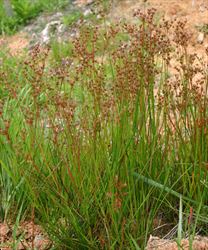
habit (Photo: Trevor James)
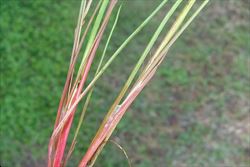
leaves (Photo: Sheldon Navie)

flower cluster (Photo: Trevor James)
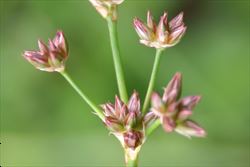
close-up of flower buds (Photo: Trevor James)
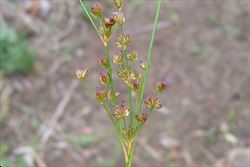
immature fruit (Photo: Sheldon Navie)
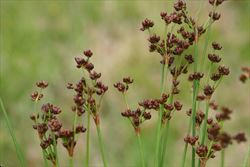
mature fruit (Photo: Trevor James)
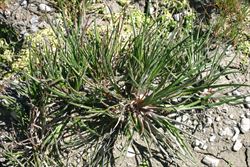
young plants (Photo: Trevor James)
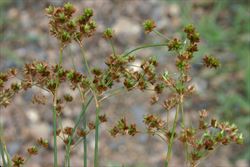
the very similar sharp-fruited rush, Juncus acuminatus (Photo: Trevor James)
Scientific Name
Juncus articulatus L.
Family
Juncaceae
Common Names
jointed rush, jointleaf rush, juncus
Origin
Native to Europe, the Azores, the Madeira Islands, the Canary Islands, north-western Africa (i.e. Algeria, Morocco and Tunisia), western Asia, north-western Mongolia, the Indian Sub-continent (i.e. Bhutan, northern India, Nepal and Pakistan) and North America (i.e. southern Alaska, Canada and the USA).
Naturalised Distribution
Jointed rush (Juncus articulatus) is widely naturalised in southern and eastern Australia. It is common and widespread in eastern New South Wales, the ACT, Victoria, Tasmania and south-eastern South Australia. Occasionally naturalised in south-eastern Queensland, inland New South Wales, south-western Western Australia and other parts of South Australia.
Also naturalised on Norfolk Island and in South Africa and New Zealand.
Notes
Jointed rush (Juncus articulatus) is regarded as an environmental weed in Queensland, New South Wales, Victoria and Western Australia. It grows along the margins of drains, irrigation channels, creeks, rivers and in wetlands, moist pastures and soakage areas. This species prefers wetter habitats that are characterised by long periods of constant water depths, and relatively short periods of flooding or drought. It can form dense mats of vegetation and is a strong competitor with native species.

